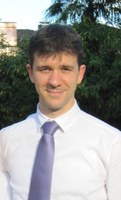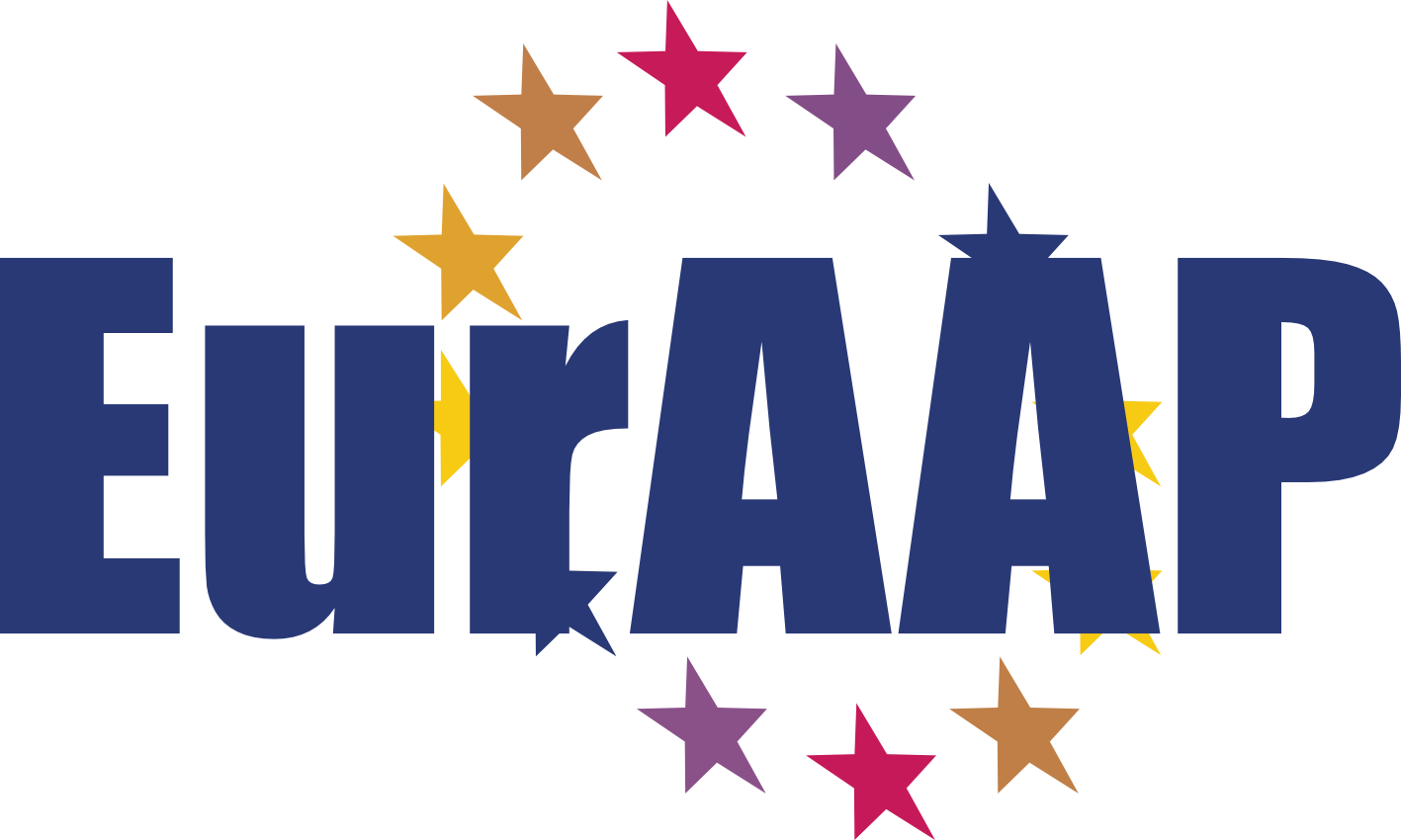SC01 (T): Adaptive Arrays: Theory, Techniques, and Recent Advances
Paolo Rocca

University of Trento, Italy
Prof. Rocca is an Associate Professor at the Department of Information Engineering and Computer Science of the University of Trento and a member of the ELEDIA Research Center. Prof. Rocca is the author/co-author of over 270 peer reviewed papers on international journals and conferences, mainly on phased array technologies. Prof. Rocca has been awarded from the IEEE Geoscience and Remote Sensing Society and the Italy Section with the best PhD thesis award IEEE-GRS Central Italy Chapter and has been an Invited Associate Professor at the University of Paris Sud (France) in 2015. His main interests are in the framework of antenna array synthesis and design, electromagnetic inverse scattering, and optimization techniques for electromagnetics. He serves as an Associate Editor of the IEEE Antennas and Wireless Propagation Letters.
Randy L. Haupt

Colorado School of Mines, USA
Prof. Haupt is Full Professor at the Department of Electrical Engineering and Computer Science of the Colorado School of Mines. Prof. Haupt has been working with adaptive arrays since 1982. He has authored many papers on antenna arrays, adaptive arrays, and reconfigurable arrays. He has taught electromagnetics topics at 6 different universities as well as worked in industry and government on phased array projects. Three relevant books: R. A. Monzingo, R. L. Haupt, and T.W. Miller, Introduction to Adaptive Antennas, 2ed., Scitech Publishing, 2010; R.L Haupt, Antenna Arrays: A Computational Approach, New York: Wiley, 2010; R.L Haupt, Timed Arrays: Wideband and Time Varying Antenna Arrays, New Jersey: Wiley, 2015.
Context
Interferences are becoming more and more common due to the growing number of wireless systems and applications which are used in our everyday life and that crowd the frequency spectrum. When the main beam gain times the desired signal is less than the sidelobe gain times the interference signal, then the interference overwhelms the desired signal. An adaptive antenna adjusts its antenna pattern to steer the main beam in the direction of the desired signal while placing nulls in the direction of the interference. In this framework, the course is focused on adaptive antenna arrays and is aimed at presenting a review, starting from basic theoretical concepts, of the principal technologies and algorithms used for the control of these antenna systems up to the most recent advances. The theoretical part will be corroborated with examples on the use of adaptive arrays for real applications.
Course content
Adaptive arrays are antenna systems that configure their radiation properties in real time in order to improve the reception of desired signals in the presence of interference. They are widely used in well-established applications like radar, sonar, seismic, and communications and are of great interest also in novel systems related to automotive, navigation and remote sensing. These antenna systems are designed to complement other interference suppression techniques, such as low sidelobes, spread-spectrum techniques, and high directivity. This short course is divided into three main parts: theory, algorithms, and architectures.
Outline
(1) Theory:
- signals in antenna arrays
- adaptive array approaches
- interference and noise
- terminology
(2) Algorithms:
- direct inversion of the covariance matrix
- random search
- deterministic and stochastic optimization
- non-digital beamforming approaches
(3) Architectures:
- adaptive array calibration and compensation
- dynamic and reconfigurable arrays
- multipath
- MIMO
- time-modulated arrays


















